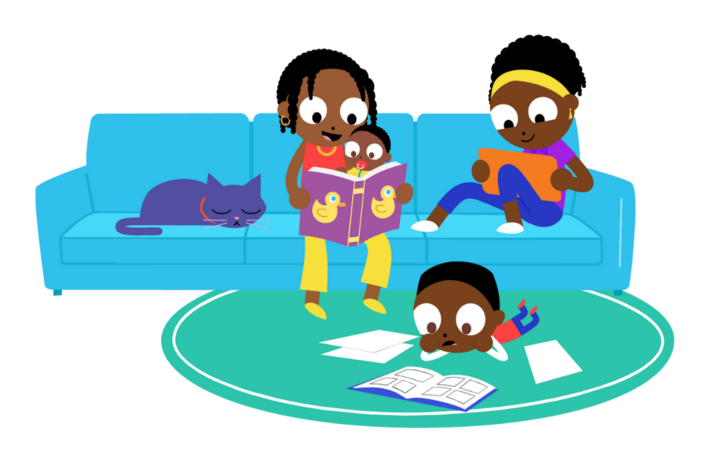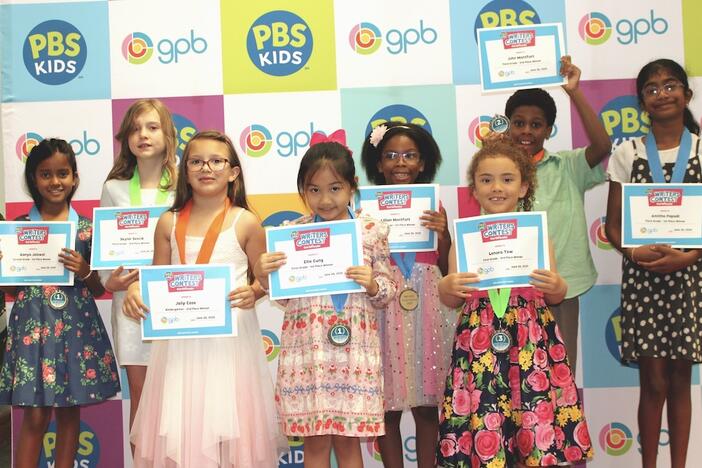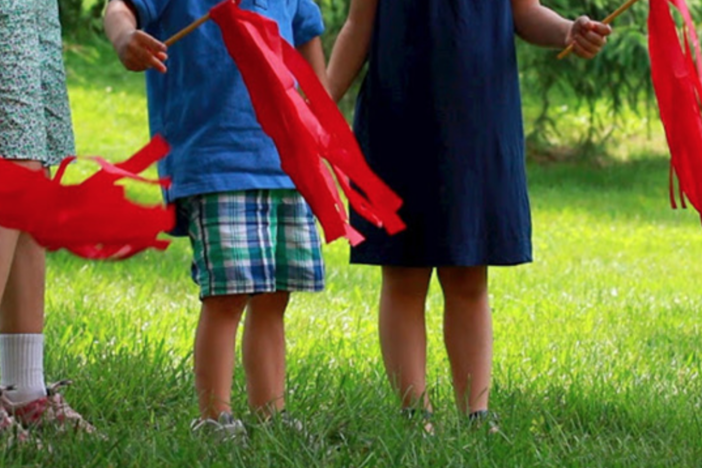
Section Branding
Header Content
How to Effectively Collaborate with Fellow Educators
Primary Content

The saying, “There are just not enough hours in the day,” especially rings true for educators. You have papers to grade, lesson plans to post and, contrary to your students’ beliefs, a personal life. However, I can assure you that if done correctly, collaborating with fellow educators can save you time, inspire your lessons and reduce your stress.
Here are some ways you can effectively collaborate with fellow educators.
Observe Others
Taking the time to observe other teachers during your planning period can provide insight on classroom management strategies and inspire creative ideas to implement in your classroom. Make sure you choose a diverse group of teachers to observe. Even if you teach science, you can borrow techniques from social studies or math teachers and adapt them to your subject area. You can also ask your colleagues to observe you as well. Make sure you are open to receiving constructive criticism and remember that it is better to hear it from a caring colleague, than to see it on your TKES evaluation.
Build Relationships
It is important to build relationships with other teachers because it creates a platform where you feel comfortable enough to share your ideas, concerns and ask for advice. It also prevents isolation and makes you more eager to come to work because of the friendships you have built with your co-workers. Begin building relationships on common interests. This will make it easier to segue into discussions about pedagogy.
Communicate
Communication is especially important when working with a co-teacher in an inclusion setting. I had the opportunity to work with a great special education teacher for three years. We always shared lesson plans, discussed how to handle disciplinary problems and even divided tasks such as grading projects. We learned a lot by effectively communicating with one another. I learned how to modify my lesson plans for students with special needs and she learned about a content area she had never taught before. This professional growth would not have been possible without effective and meaningful communication.
Use Technology
Technology makes the ability to communicate with educators outside of your school effortless. There are a myriad of ways to employ technology to collaborate. One of the most popular ways is to join communities on social media sites such as Twitter, Facebook and even Pinterest. The use of technology helps broaden your collaborative network and exposes you to an endless amount of advice and resources from a diverse group of educators.
Share Your Ideas
It may be hard to share your ideas with other educators, especially if you are a new teacher. However, sharing your thoughts about lesson plans, projects and strategies on behavior management, opens a dialogue that helps you perfect your ideas. Others may also think your ideas are great and decide to implement them in their classroom. You will never know unless you are willing to open up and share.
Make Collaboration Meaningful
Making collaboration meaningful means coming prepared and actively participating in what is discussed. Make sure you are ready to ask questions, share ideas and offer solutions. One way to make your sessions productive is to distribute a collaborative worksheet addressing topics you will discuss in your meeting. In addition, make sure that your meetings are focused on the overall goal of improving student learning.
Do you have any other suggestions on how to make collaboration meaningful? If so, let us know by leaving a comment below!
The following video, created by Think Share Create, explains the power of collaboration and demonstrates why this is an important practice.
The saying,





